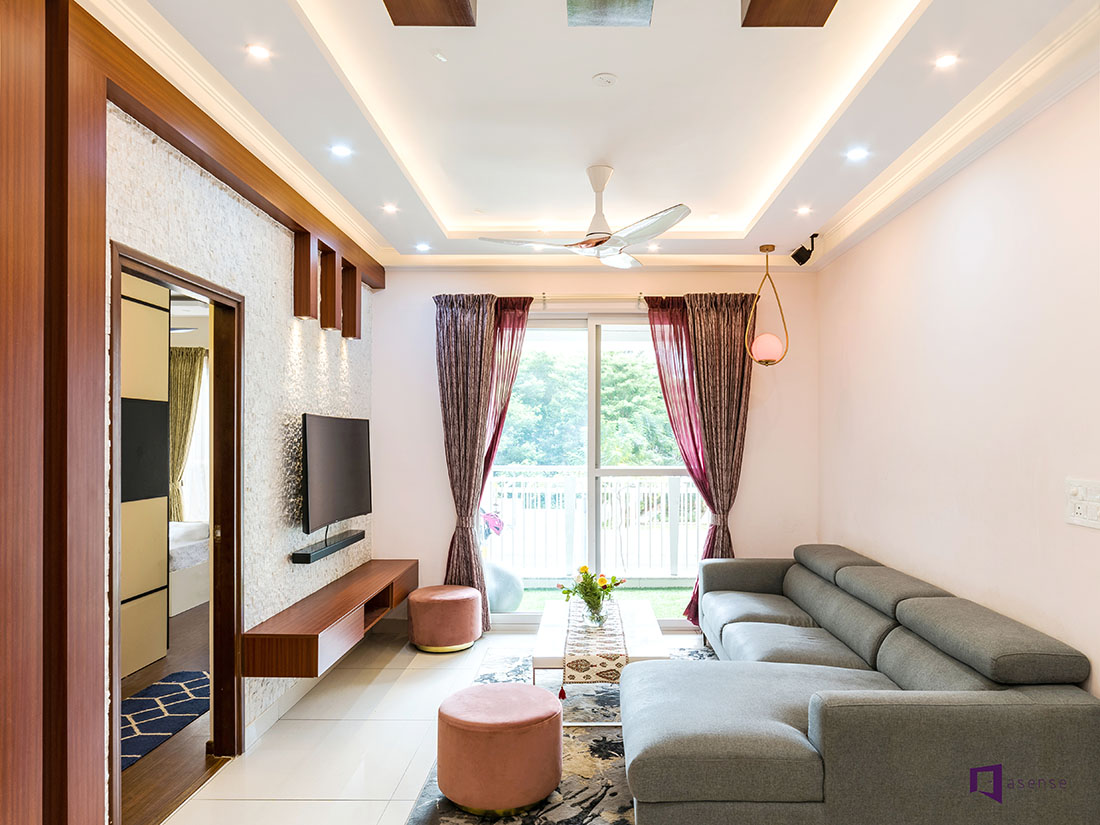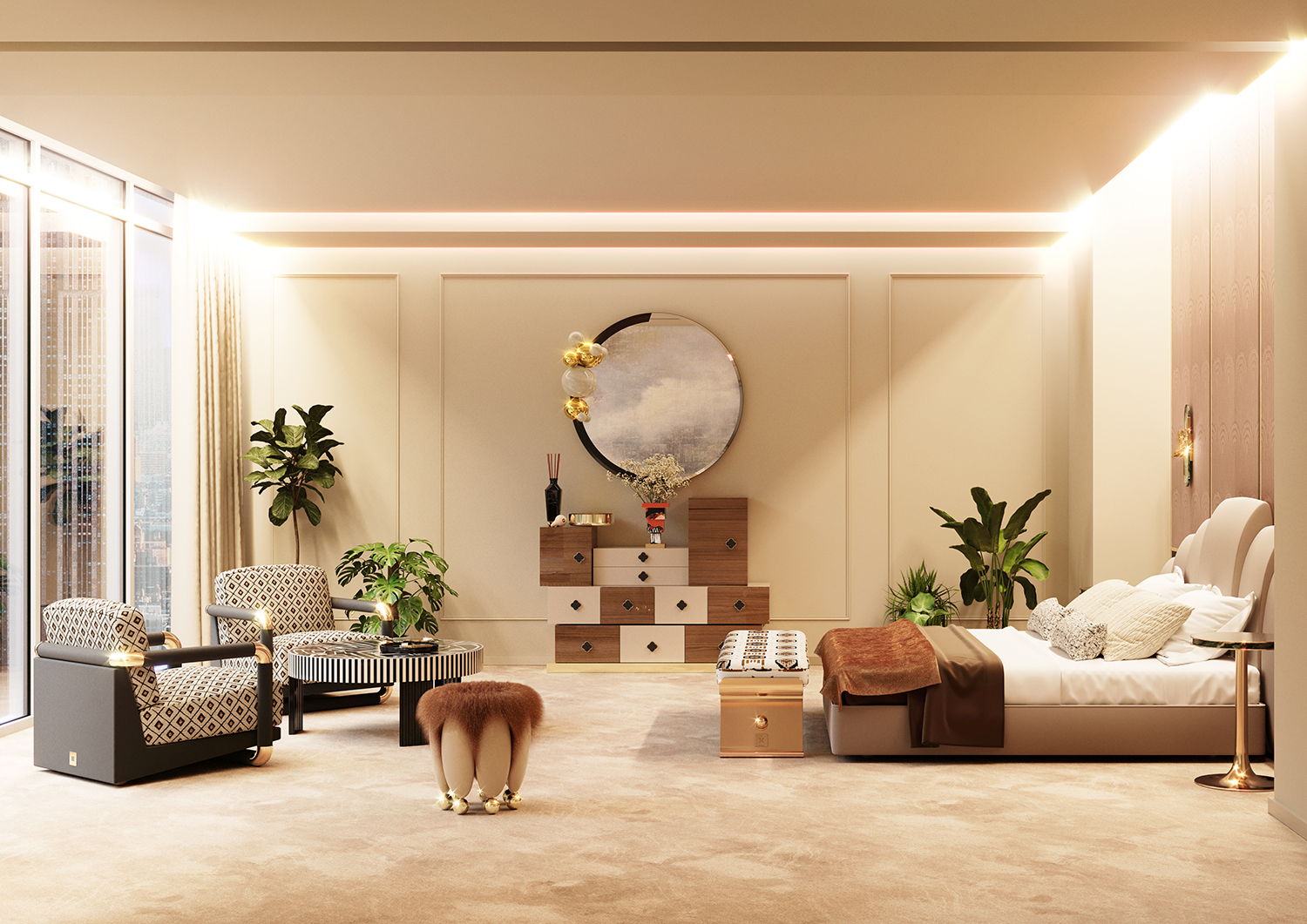Achieve miami luxury interior design for a sophisticated and stylish lifestyle.
Achieve miami luxury interior design for a sophisticated and stylish lifestyle.
Blog Article
Transform Your Home With Necessary Concepts of Interior Decoration and Appearances
The art of transforming your home with the vital concepts of interior style and looks needs a thoughtful strategy that integrates color, balance, and spatial recognition. By comprehending the impact of shade theory and the value of texture and patterns, one can create rooms that are not just aesthetically attractive yet also deeply individual. Attaining this stability entails greater than simple decoration; it encompasses a tactical arrangement and an eager understanding of just how each aspect connects within a room. As we discover these foundational concepts, consider just how they may redefine your understanding of home and individual expression.
Comprehending Color Concept
Recognizing the principles of shade theory enables developers to develop spaces that resonate psychologically with residents while meeting functional demands. Each classification plays a crucial role in developing harmony within a space.
The psychological impact of colors is profound; cozy tones such as reds and oranges evoke energy and warmth, while trendy tones like blues and eco-friendlies advertise peace and peace. The usage of corresponding shades boosts aesthetic interest, creating striking contrasts that can raise an area's appeal.
Neutral colors, on the other hand, act as a flexible backdrop, permitting various other layout components to beam. It is essential to consider aspects such as lights and the area's objective when picking a shade combination, as these can change the understanding of shades throughout the day.
Eventually, a well-considered color design can transform a space, fostering a feeling of convenience and design that straightens with the occupants' choices. Mastery of color theory is, for that reason, an important skill for any indoor developer aiming to produce harmonious and welcoming settings.
Accomplishing Balance in Design
Exactly how can designers attain a feeling of equilibrium in their rooms? Achieving equilibrium in design is basic to creating unified insides.
Unbalanced balance, on the various other hand, counts on varying elements that still accomplish a natural look. This strategy permits even more dynamic and casual setups, supplying interest while preserving stability. By thoroughly picking varying sizes, shades, and textures, developers can develop a visually engaging room that feels well balanced yet energised.
Radial balance highlights a main prime focus with components radiating exterior. This style is frequently seen in round designs, where furnishings and style produce a natural border that attracts the eye inward.
Eventually, attaining equilibrium calls for thoughtful consideration of scale, proportion, and the connections in between components. interior design firms. By masterfully using these equilibrium concepts, developers can change rooms into settings that really feel both cosmetically pleasing and functionally unified, boosting the total experience for occupants
Relevance of Spatial Understanding

An eager feeling of spatial recognition allows designers to identify focal points within a space, assisting the viewer's interest to crucial functions while preserving try these out a general feeling of unity. It likewise aids in the critical positioning of lights, which can dramatically influence the perception of space and state of mind. Furthermore, comprehending spatial relationships enables the designer to accommodate the details demands of inhabitants, guaranteeing that each area serves its desired objective without endangering appearances.
Ultimately, spatial recognition is crucial for maximizing the potential of any kind of indoor space. By meticulously taking into consideration the interplay between measurements, design, and function, developers can produce environments that not only fulfill functional requirements yet likewise stimulate a sense of convenience and elegance, improving the total living experience.
Integrating Texture and Patterns
Accepting a varied variety of appearances and patterns can significantly improve the aesthetic and tactile charm of an interior room. The tactical usage of different products-- such as wood, metal, textile, and stone-- produces deepness and rate of interest, making an area feel a lot more inviting and dynamic. For circumstances, combining smooth surface areas with harsh textures can develop a balance that attracts the eye and involves the senses.
When including patterns, consider both scale and repeating. Big patterns can act as prime focus, while smaller, refined layouts can enhance other elements without overwhelming the area. Layering patterns, such as pairing flower paddings with striped throws, adds complexity and a feeling of harmony if carried out attentively.
It is also important to keep a natural color combination, making pop over to this web-site sure that structures and patterns collaborate rather than compete for attention. By selecting a couple of vital appearances and patterns, you can produce a combined aesthetic that shows your personal design while boosting the general ambiance of the room. Inevitably, the mindful unification of these aspects can transform an ordinary area into an innovative setting abundant with character and heat.
Customizing Your Space
Creating a room that reflects your character is important to achieving a truly inviting setting. Customization in interior decoration enables you to infuse your one-of-a-kind style and interests right into your home, transforming it from a simple shelter right into a haven that speaks with who you are. Begin by picking a color scheme that resonates with your feelings-- bold colors can energize, while soft tones supply serenity.
Include artwork and decoration that reflect your enthusiasms, whether it be traveling, nature, or abstract ideas. Presenting personal collections, such as publications, pictures, or souvenirs, can stimulate valued memories and produce centerpieces within a room. Furthermore, consider personalizing useful pieces, like upholstered furnishings, to straighten with your aesthetic choices.

Conclusion
To conclude, the improvement of a home through the vital concepts of indoor design and aesthetic appeal demands an extensive understanding of shade concept, equilibrium, spatial awareness, texture, and personalization. Each aspect adds dramatically to creating a harmonious and practical living atmosphere - luxury interior design. By thoughtfully integrating these principles, individuals can enhance the visual charm and emotional resonance of their areas, eventually promoting a home that shows distinct identifications while offering comfort and functionality
Report this page